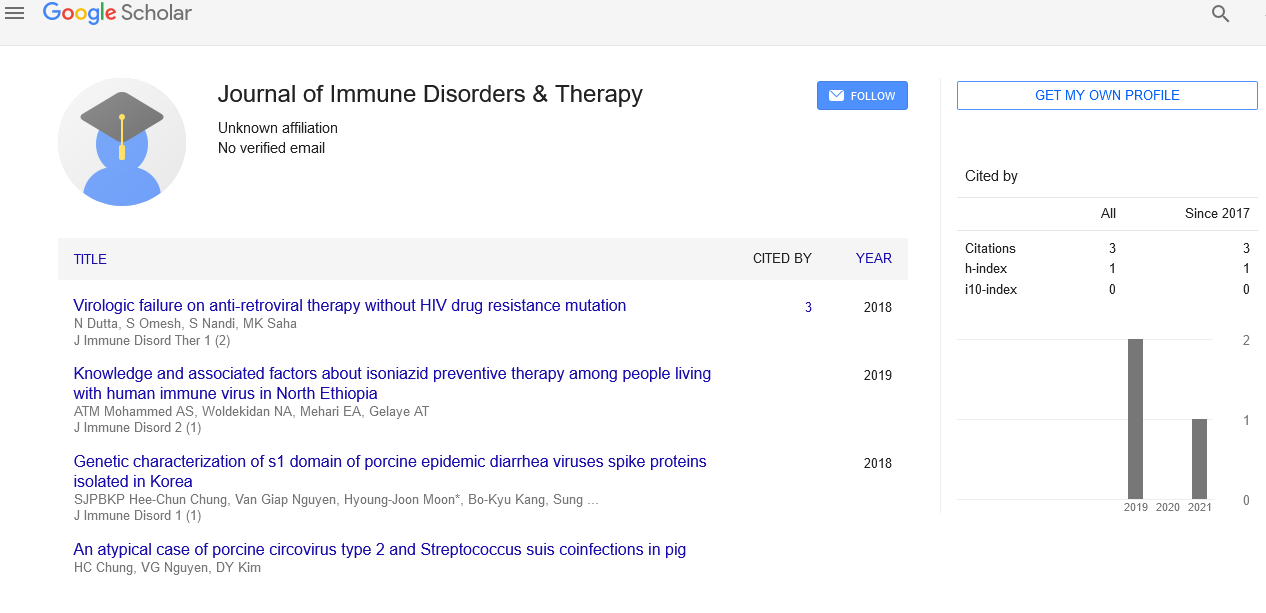Heterologous Expression Platforms for Developing New Generation Vaccines for Emerging Viral Infections
Received: 10-Jun-2021 Accepted Date: Jul 24, 2021; Published: 01-Jul-2021, DOI: 10.37532/puljidt.2021.4(3).003
This open-access article is distributed under the terms of the Creative Commons Attribution Non-Commercial License (CC BY-NC) (http://creativecommons.org/licenses/by-nc/4.0/), which permits reuse, distribution and reproduction of the article, provided that the original work is properly cited and the reuse is restricted to noncommercial purposes. For commercial reuse, contact reprints@pulsus.com
Abstract
Different antigenic proteins ranging from the single proteins based on subunit vaccine for Pandemic flu, African horse sickness and the Bluetongue for multi-protein based viruses like particles of Bluetongue and Chikungunya viruses has made employing various expression systems like E.coli, yeast, plant and insect cells. The resultant vaccine candidates got tested for their biological activities and elicitation of immunological responses for animal models. Selection of an appropriate expression host for the producing vaccine has made based on their effectiveness and manufacturing feasibility.
Introduction
The increasing in demand for recombinant vaccine antigens or immunotherapeutic molecules has been resulted in exploration of highly efficient and cost-effective heterologous expression systems. Thus it is practically impossible to have a universal expression platform for the vaccines and therapeutic proteins and hence there is a constant evolution of traditional expression systems, including the E.coli, yeast, plant, insect cells, mammalian cells and cell free systems. One can select from the appropriate expression system based on their protein structure, ease of the expression, posttranslational modifications, desired immunological response, protein yield and cost of production, etc. Within the advancement for the molecular engineering techniques and bioinformatics tools, fine-tuning of existing systems for the production of the next generation of viral vaccines are reaching maturity. However, there is an increasing demand for the breakthrough innovations that provide rapid, efficient, robust, safe and costeffective solutions. Our data has suggests that every protein is unique in them and would be require a dedicated strategy that ensures its optimal expression and biological activities. With the ongoing emerging and re-emerging viral outbreaks, it’s extremely important for the explore of all possible expression systems for rapid selection of an ideal platform for quick development of the vaccines to address any urgent medical needs.
Conclusion
Our data suggested that every protein is unique in its varient and would require for a dedicated strategy that ensures its an optimal expression and biological activities. With the ongoing emerging and re-emerging viral outbreaks, it’s extremely important for explore all possible expressions system for the rapid selection of an ideal platform for quick development of vaccines for address any urgent medical needs.Every protein structure and behaviour also varies according to genes.





